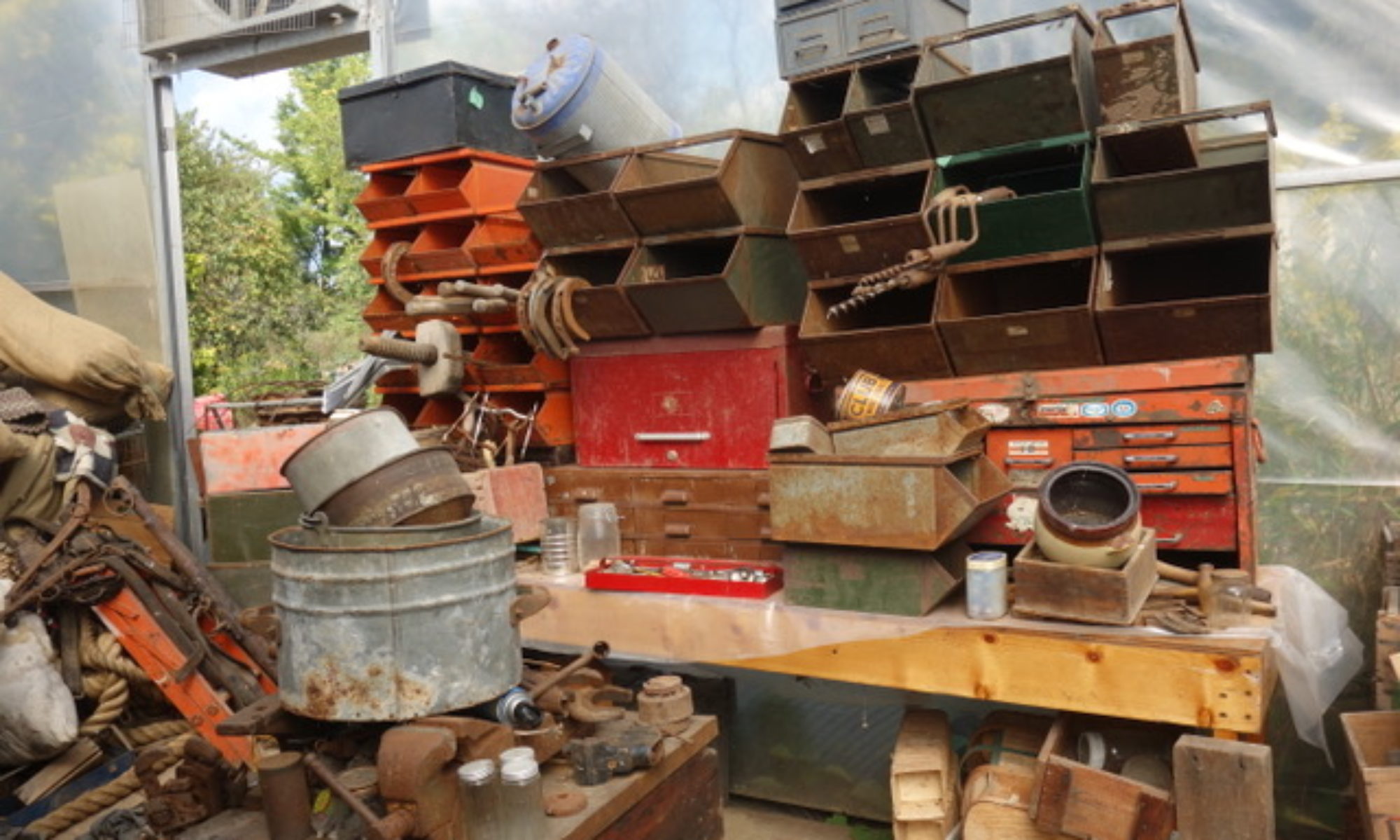EPISODE 215 YUKON STORY: PART 4 GHOST TOWNS VISTED ON KENO HILL IN 1962 BY BILL DUNN AND ALAN SKEOCH
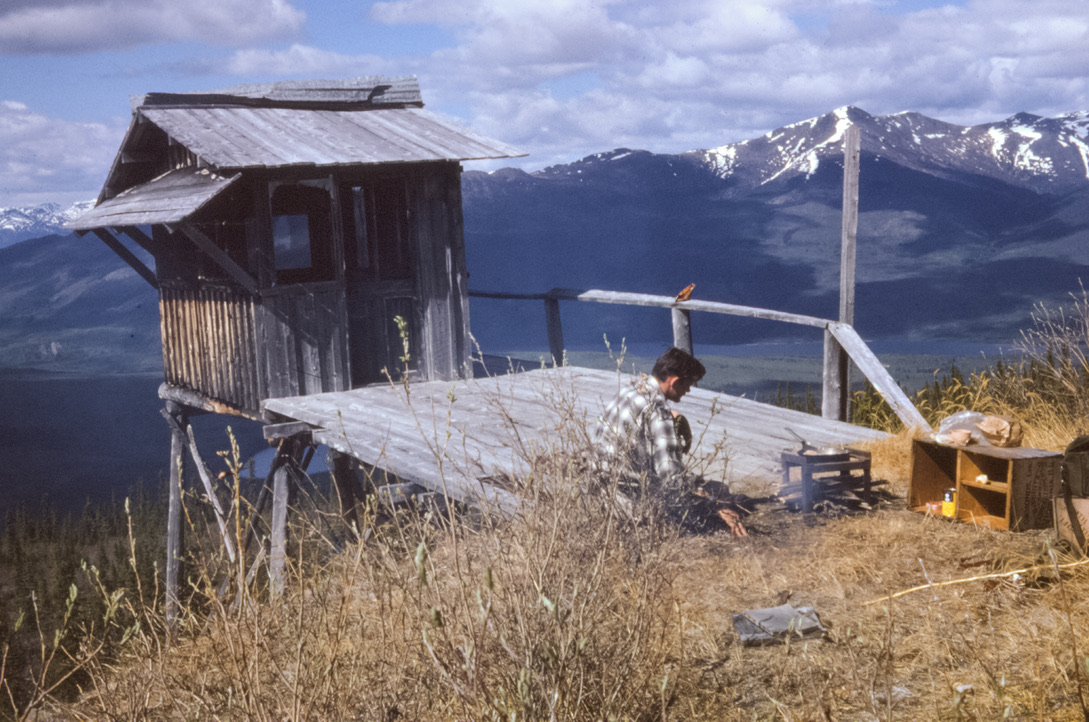
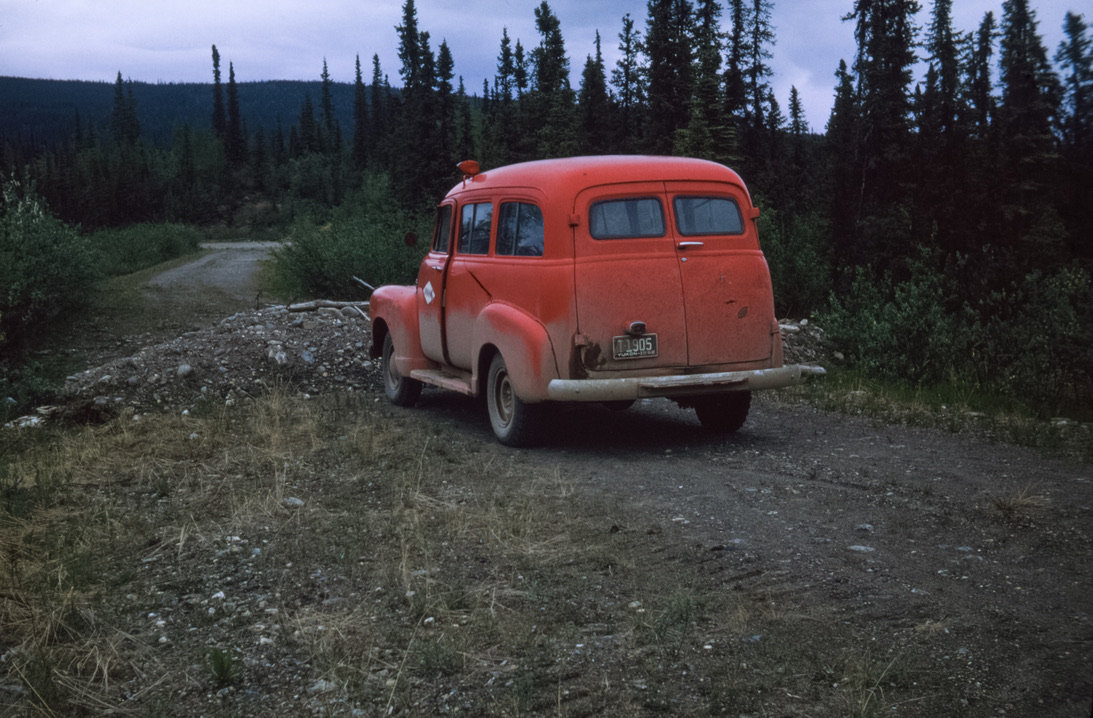
 chris-nicole.com/wp-content/uploads/2017/08/Chris-and-Nicole-CNA-Photos-visit-keno-city-yukon-14-300×200.jpg 300w, chris-nicole.com/wp-content/uploads/2017/08/Chris-and-Nicole-CNA-Photos-visit-keno-city-yukon-14-768×513.jpg 768w, chris-nicole.com/wp-content/uploads/2017/08/Chris-and-Nicole-CNA-Photos-visit-keno-city-yukon-14.jpg 1200w” sizes=”(max-width: 1024px) 100vw, 1024px”>
chris-nicole.com/wp-content/uploads/2017/08/Chris-and-Nicole-CNA-Photos-visit-keno-city-yukon-14-300×200.jpg 300w, chris-nicole.com/wp-content/uploads/2017/08/Chris-and-Nicole-CNA-Photos-visit-keno-city-yukon-14-768×513.jpg 768w, chris-nicole.com/wp-content/uploads/2017/08/Chris-and-Nicole-CNA-Photos-visit-keno-city-yukon-14.jpg 1200w” sizes=”(max-width: 1024px) 100vw, 1024px”>



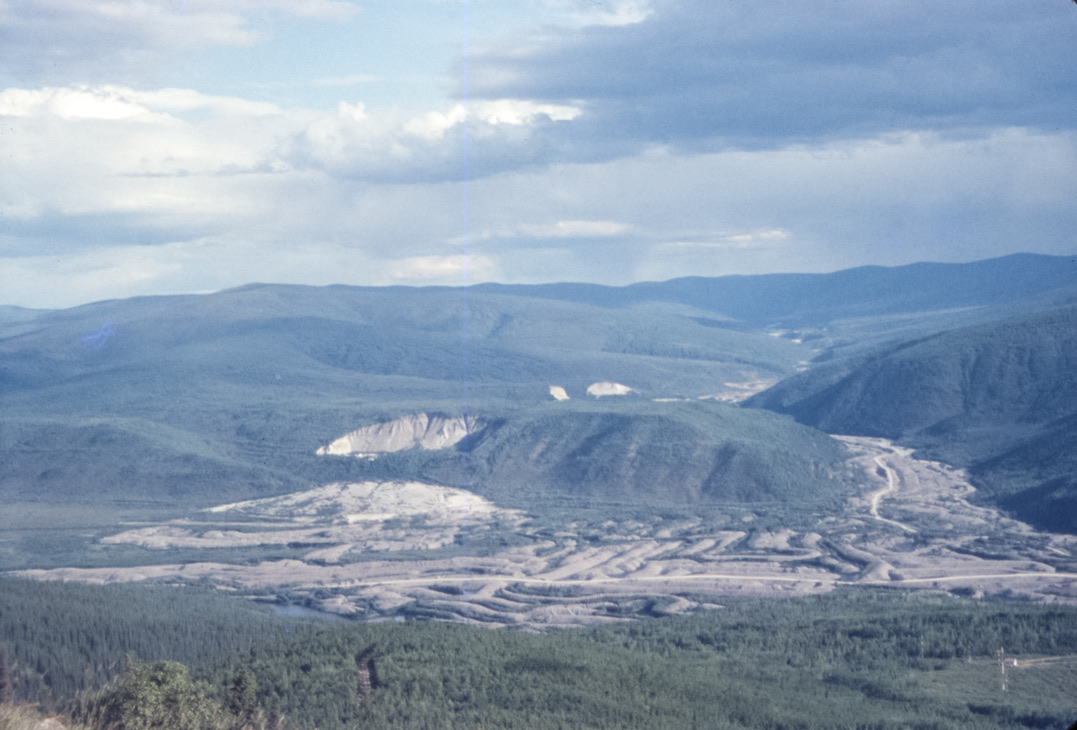
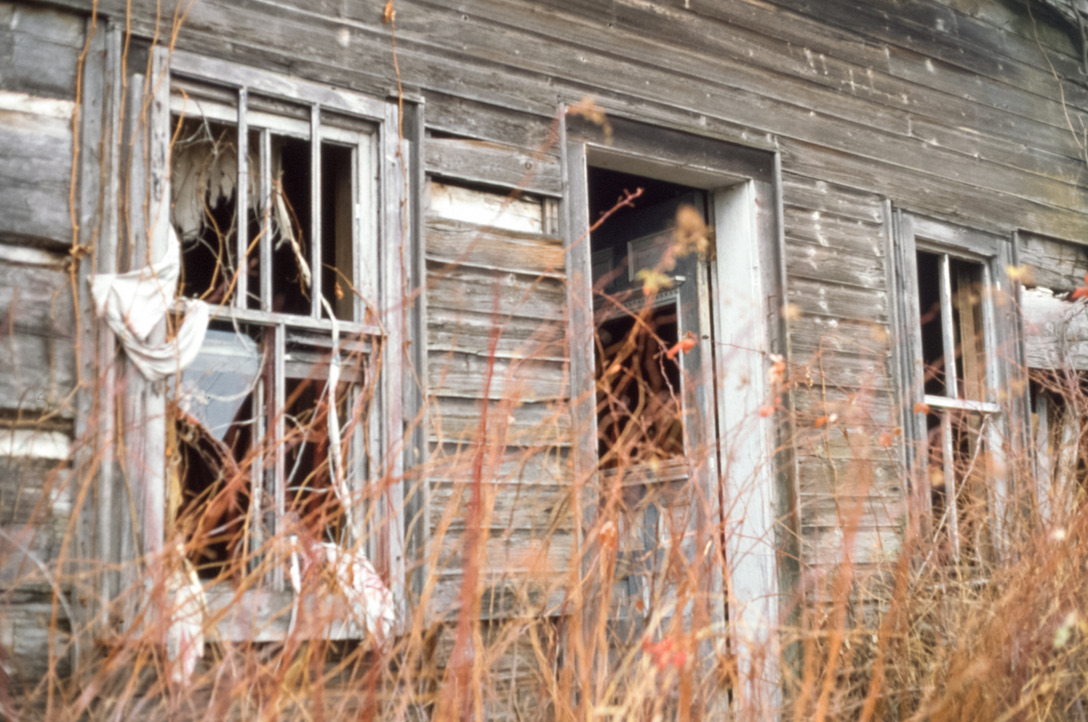


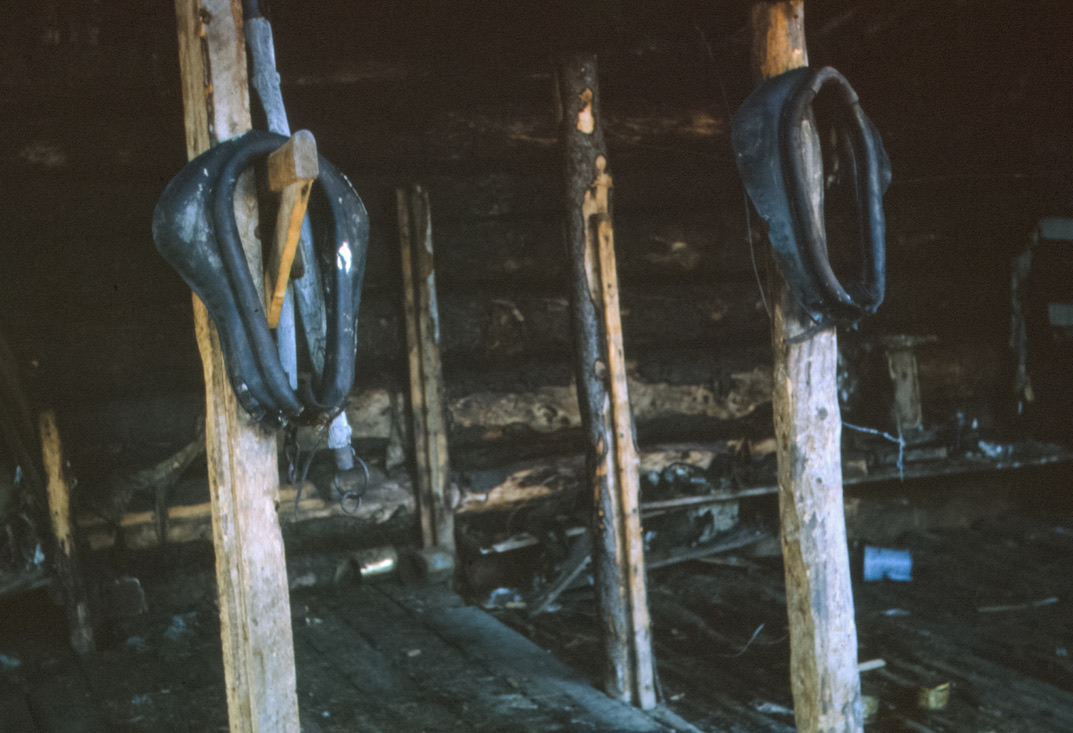
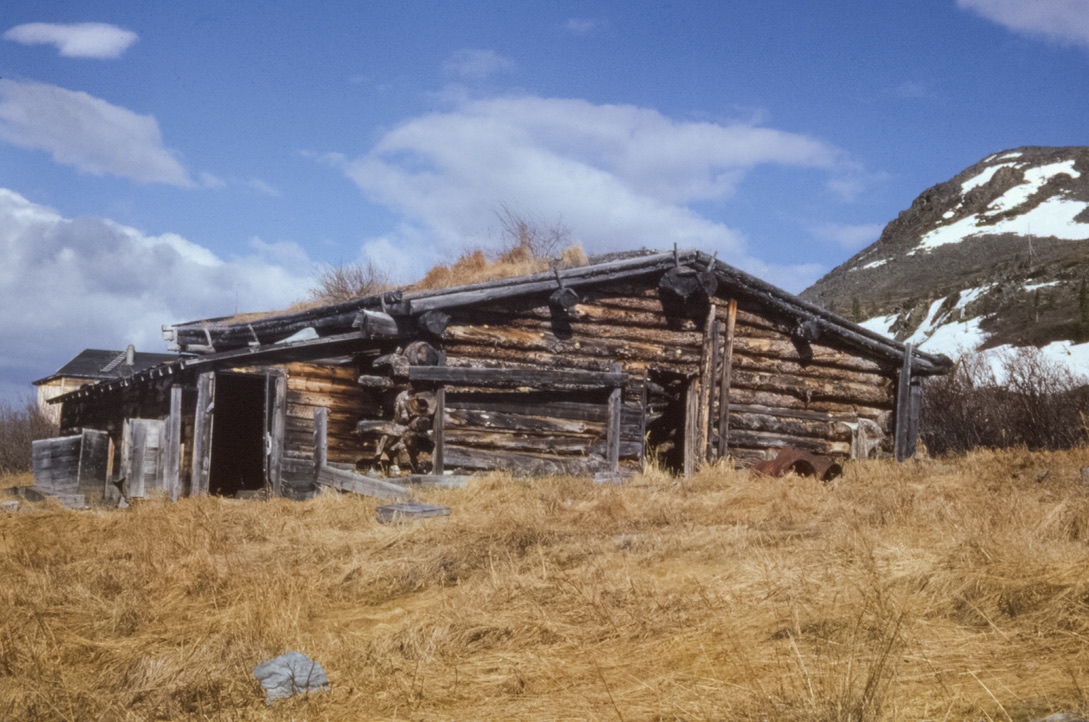
 chris-nicole.com/wp-content/uploads/2017/08/Chris-and-Nicole-CNA-Photos-visit-keno-city-yukon-4-300×200.jpg 300w, chris-nicole.com/wp-content/uploads/2017/08/Chris-and-Nicole-CNA-Photos-visit-keno-city-yukon-4-768×513.jpg 768w, chris-nicole.com/wp-content/uploads/2017/08/Chris-and-Nicole-CNA-Photos-visit-keno-city-yukon-4.jpg 1200w” sizes=”(max-width: 1024px) 100vw, 1024px”>
chris-nicole.com/wp-content/uploads/2017/08/Chris-and-Nicole-CNA-Photos-visit-keno-city-yukon-4-300×200.jpg 300w, chris-nicole.com/wp-content/uploads/2017/08/Chris-and-Nicole-CNA-Photos-visit-keno-city-yukon-4-768×513.jpg 768w, chris-nicole.com/wp-content/uploads/2017/08/Chris-and-Nicole-CNA-Photos-visit-keno-city-yukon-4.jpg 1200w” sizes=”(max-width: 1024px) 100vw, 1024px”>
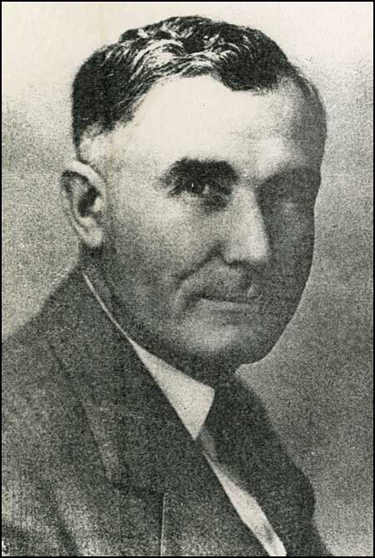
alan skeoch
Jan. 2, 2021
EPISODE 215 GHOST TOWNS PART 4 …KENO HILL AND WERNECKE CAMP
alan skeoch
Jan. 2, 2021

SUNDAY, JUNE 10, 1962
“THIS is our big day. Bill Dunn and I are going to climb Keno Hill…really a mountain…in search of a ghost town we
heard about. We have no idea what it will look like or where it is. We do know there is an old road up the mountain
from Keno City which is itself almost a ghost town. Bill Scott with drive us to the base of the mountain in our bashed
and beaten 1953 Power Wagon then he will backtrack and go to Mass at the Catholic Church in Elsa. Given a choice
between discovering and exploring a ghost town and going to mass, We chose the ghost town while Bill Scott chose
Mass. What choice would you make?
We climbed upwards for two hours following the long abandoned mining road which is now blocked with a small
glacier partway up. The melt water flows down the old track for a distance… impossible even for our power
wagon to get through.”

ROAD TO KENO HILL CLOSED…BARRIER OF RUBBLE
“About 2/3 the way to the top we found an old mine entrance and a jumble of abandoned ore cars with their wheels
gone. Should we crawl over the cars and explore inside this mine? We thought about it but decided finding the
ghost town came first since we only had a few hours to spend before Bill would return with the Power Wagon.
Strange however that the mine would be part way down the mountain yet the mine buildings would be up top.
(We did not know at the time that there were two mines here…Keno Hill and Wernecke Camp. Both very historic
in the mining history of the Yukon. More important than all of Dawson City. To us, what we saw was just
a gaping hole held open by timbers that seemed about to collapse.)”
 chris-nicole.com/wp-content/uploads/2017/08/Chris-and-Nicole-CNA-Photos-visit-keno-city-yukon-14-300×200.jpg 300w, chris-nicole.com/wp-content/uploads/2017/08/Chris-and-Nicole-CNA-Photos-visit-keno-city-yukon-14-768×513.jpg 768w, chris-nicole.com/wp-content/uploads/2017/08/Chris-and-Nicole-CNA-Photos-visit-keno-city-yukon-14.jpg 1200w” sizes=”(max-width: 1024px) 100vw, 1024px”>
chris-nicole.com/wp-content/uploads/2017/08/Chris-and-Nicole-CNA-Photos-visit-keno-city-yukon-14-300×200.jpg 300w, chris-nicole.com/wp-content/uploads/2017/08/Chris-and-Nicole-CNA-Photos-visit-keno-city-yukon-14-768×513.jpg 768w, chris-nicole.com/wp-content/uploads/2017/08/Chris-and-Nicole-CNA-Photos-visit-keno-city-yukon-14.jpg 1200w” sizes=”(max-width: 1024px) 100vw, 1024px”>
“So we continued to climb. Very steep road. Eventually we got above the tree line and there spread before us was what remained of
Keno Hill or Wernecke. The two names were confusing. But the vista was incredible. We could see for miles and miles…maybe
50 to 100 mlles distant was the looming tower of snow clad Mount Haldane…due west of Keno Hill. Really we did not see
this vista at first because our eyes were distracted by the more or less parallel set of railway tracks that curved out from
another mine opening and ended abruptly at a cliff face that went straight down for several hundred feet. At the terminal
end was a heavy wood platform built right to the edge of the cliff. This was where the waste rock was dumped and fell
far below along with other things we could see among the fractured waste.”

“Our trip had all the trappings of home….frying pan We borrowed a small orange crate
table as we dined luxuriously on a platform built over the edge of a cliff face. When the mine operated
the waste rock and other things were dumped here and far below was a garbage dump worth attention
we could not give.”

I think this is Mount Haldane but cannot be sure. The picture was taken at lake level. Not from top of Keno Hill

This shows what miners leave behind.
“I was reticent to sit on the platform but Bill was insistent we sit there and have our lunch with our knees on the edge of
the precipice while we gazed across the valley to Mount Haldane. I suffered from a feeling of vertigo
but at the same time a feeling of wonder. NO mosquitoes or black flies up here because the wind
drove them to ground. It was something out of this world. We should have sat there longer but even
our rapid lunch gave enough time for the vista to get locked into long term storage in my brain. Indelible.
Keno Hill mine was built on a truncated Mountain valley that had convulsed long long ago…and a great
swath of Keno Hill had been torn free and fallen straight down to the great valley below.
Several lakes glowed emerald green here and there across the valley. We thought we saw a moose in one’
the nearest lakes but could not be sure. Nor did we want to take the time to do much more. We had
the ghost town to explore. Dotted here and there across the bare top of Keno Hill were many buildings…most
of them windowless. But a couple looked like picture postcards from gold rush days of the 1890’s…log buildings
mostly but a few had shiplap lumber. Unpainted. The first one we reached even had old curtains hanging on
the windows. inside there were dishes and pots and old kitchen stuff here and there along with tables
and chairs. Abandoned but done so in haste it seemed. We had not idea when this mine was closed.
We guessed turn of the century…1900. (But we were wrong. Keno Hill and Wernecke were abandoned
between 1928 and 1932).

My memory of this house was that he windows were intact and there were curtains. Easy to see the curtains. The rest is a shambles.
Perhaps the picture is misplaced.

The opening to the Wernicke mine adit is choked with ice. Closed.
That home was hard to forget. We felt like intruders … maybe the owner would arrive any moment. Outside, however,
was silence only disrupted by gusts of cold wind.

I think these are buildings that were constructed in 1921 by Livingston Wernicke as housing for his miners.
“Not far away from the house was a large log building. Looked like a big log barn which is exactly what it turned out
to be. Inside were horse stalls with horse collars and harness hanging on spikes; No horses…no sign of life at all.
(It Turns out there were once 98 horses up here. Some pulled the mine cars from the stopes to the mill while others
pulled the waste rock to the dump at the cliff face where we had lunch. Most of the horses were harnessed
to heavy wagons where the sacks of galena ore were placed in route down the mountain road to
Keno City and then forward all the way to Mayo Landing where stern wheeling steamships paddled
the ore to Whitehorse where the White Pass Railway took over. The silver from Keno Hill dominated
the world silver supply for many years. )”

“We expected to find piles of old machinery in abandoned workshops but did not do so. When the
mine closed the crushing machines and related tooling was tool valuable tote discarded it seemed.
Small tools like pick heads and D handled shovels were laying about here and there which indicated
the corpse of Keno Hill had been picked clean by previous explorers like Bill and me.
We had only a hour or two to explore. Never got to see every building nor did we find
an adit leading into the mine. Adits are horizontal…shafts are vertical. We had no chance
of getting deep in the bowels of Keno Hill.
I took a few pictures and we headed down the mountain to Keno City where Bill Scott was waiting.
How were we able to get the time to do this? I don’t know. Maybe we had finished one job and were
getting ready to start another. Somehow we had a free Sunday.”

ONE of the horse stables on top of Keno Hill. Once there were 98 horses up here. Then Livingston Wernecke decided it was
cheaper to use Holt Tractors to haul galena to Mayo Landing. What happened to the horses? I have no idea but even to this
day there are wild horses in the Yukon…tough wild horses that manage to survive. At least they were
still there in 1962. I do not know about today.
 chris-nicole.com/wp-content/uploads/2017/08/Chris-and-Nicole-CNA-Photos-visit-keno-city-yukon-4-300×200.jpg 300w, chris-nicole.com/wp-content/uploads/2017/08/Chris-and-Nicole-CNA-Photos-visit-keno-city-yukon-4-768×513.jpg 768w, chris-nicole.com/wp-content/uploads/2017/08/Chris-and-Nicole-CNA-Photos-visit-keno-city-yukon-4.jpg 1200w” sizes=”(max-width: 1024px) 100vw, 1024px”>
chris-nicole.com/wp-content/uploads/2017/08/Chris-and-Nicole-CNA-Photos-visit-keno-city-yukon-4-300×200.jpg 300w, chris-nicole.com/wp-content/uploads/2017/08/Chris-and-Nicole-CNA-Photos-visit-keno-city-yukon-4-768×513.jpg 768w, chris-nicole.com/wp-content/uploads/2017/08/Chris-and-Nicole-CNA-Photos-visit-keno-city-yukon-4.jpg 1200w” sizes=”(max-width: 1024px) 100vw, 1024px”>Many of the Keno Hill miners homes must have looked like this. Use your imagination When it was lived in
it may have been OK. Small window openings were a blessing in a Yukon winter.
THE FACTS THAT BILL DUNN AND I DID NOT KNOW
Bill and I knew nothing about either Keno Hill or Wernecke Camp. All we knew was that people once lived
on the top of Keno Hill and no one lived there in 1962 but their homes were still there…empty…collapsing.
A regular ghost town. We were not sure we had any right to climb Keno Hill (really a mountain). But the
lure of the mysterious Yukon was irresistible.
Now, in 2021, I know a lot more about what we saw that Sunday afternoon back in 1962.
Sorting out the owners of the mines near Keno Hill, their years of operation, their stories
is a task too big for this episode so I have tried to pare it down to something readers can
understand. What should be written is a great novel the likes of Grapes of Wrath by
Steinbeck.

Livingson Wernecke (1883-1941)
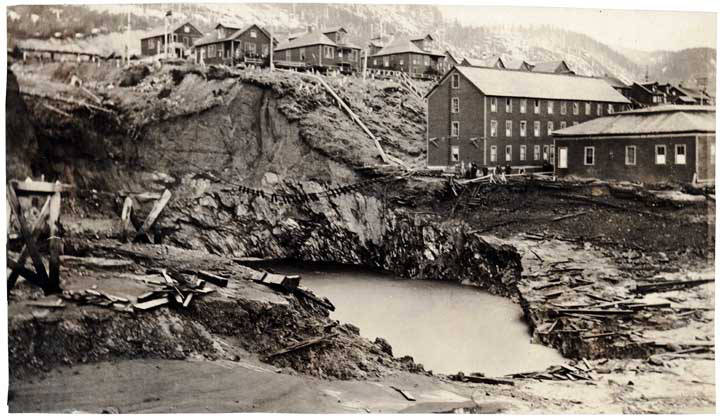
In 1917 the huge Treadwell Mine on the coast of the Alaskan panhandle suddenly fill with water. 350 Miners fled
up the shaft as fast as they could The mine horses could not flee. The death of those horses broke the
heart of the mine population. Millions of gallons of sea water soon filled every
corner of the mine. Livingstone Wernecke was a mine geologist here in 1917. He moved to Keno Hill in 1921.
The easiest way to understand what happened on Keno Hill is to focus on one man, Livingston
Wernecke. He was a big time miner. A geologist who spent his early years working the
Alaska Treadwell mine. Incredibly dramatic life. But I will hold the story of Treadwell back.
It will take another whole episode. Captivating is an understatement.
In June, 1921, Wernecke came to Keno to check out the possibilities. Much of Keno Hill had
already been staked, and some silver ore had been extracted. Rich ore…lots of silver, lead
and zinc. The market was good. World War One was over and the 1920’s were booming.
So Livingston Wernecke thought Keno Hill had great possibilities. He bought a sawmill
and set it up at Mayo Lake to get planks and timbers for the underground workings
and the town site he needed for his miners. From the Treadwell mine in Alaska he sent
all that was needed to start mining…steel rails, drills, mine cars, chain falls…a165 diesel
engine, a 150 kilowat generator…picks, shovels, mine paraphernalia.
Access to Keno Hill in 1921 was not easy. The best transport was by flat bottomed
sternwheeler steamships which had come up the Yukon River and then up the Stewart River to
Mayo Landing. That was only part way. The rest of the way to Keno was overland
on a bush road that was best in the winter..a muddy terror in the spring…a fly infested
hell in the summer. Especially hard on the horses, all 98 of them. But the job was
underway and in May 1924 planning was made to reconstruct a flotation mill weighing
100 tons. By January 6, 1925 the mill was in place. (*There was no sign of
the mill in 1962. It had been removed to Elsa, a few miles west of Keno)
Meanwhile his miners, he called them his ‘boys’ and tried to keep them morally pure.
..meanwhile Wernecke’s boys were digging, blasting….deep…600 feet hollowed out
and the galena was rich…high concentrations of silver at 60 cents a pound.
(*The first mine entrance that Bill and I found was a drainage adit saving Wernecke
the $200 a day costs of pumping water from the mine stopes and passageways,)
The estimated cost for the whole project was $200,000 and the estimated profit
was $1,273 a day. Every ton of galena produced 64ounces of silver that was
then worth 60 cents a pound. Then there was the side profit selling lead
at 6 cents a pound. Wernecke processed over 244, thousand tons of ore
containing nearly 13 million ounces silver along with lead and zinc.
Those were good times for everyone. The miners, some of whom got
houses for their wives and children. Others lived in fancy bunkhouses built
with lumber from Mayo Lake saw mill and sheets of corrugated steel
from United Staes steel companies.
Then suddenly the price of silver dropped. By November 16, 1932, Keno Hill
was no longer profitable. Wernecke was killed in 1941…killed in an attempted
airplane rescue of another downed pilot and crew. His plane circled through fog
and hit an unseen immense tree on the Alaskan panhandle. Killed all
while those about to be rescued watched helplessly
So in 1932, Keno Hill and Wernecke Camp became ghost towns.
Much of the machinery and even some of the buildings were
packed up and moved to Elsa,
What we saw in 1962 was a townsite and mine site that was slowly
rotting into powder. People visiting Wernecke today will only see
the railway tracks and abandoned mine cars maybe. Apparently the one
house that remains intact snd livable is the house that Livingston
Wernecke built for his own family. Some enterprising residents
of Keno City would like it preserved as an historic cite. Is that
likely? I am not too sure. Getting to the top of Keno Hill is not easy.
This is the short form history of Keno. The full story will come later.
Suffice it to say that Livingston Wernecke tried to keep his boys
away from the hookers that took over Keno City in the 1920’s, when the mines
were flourishing. He failed to do that. Wernecke will be another secondary story.
When I read about that failure I remembered a miner I worked underground
with at Elliott Lake. He asked me if I knew how to tell that a mine
was going to be successful. I thought it must be the price of the raw
minerals. “No, you can tell when the hookers start to arrive.” Well,
they sure began to arrive in Keno City. That will be another secondary story.
alan skeoch
Jan. 2, 2021
